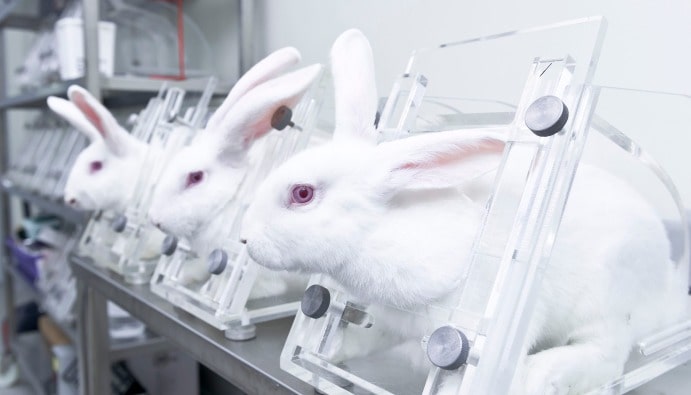What is a Pyrogen? Health Effects and Pyrogenicity Tests
What are the Effects of Pyrogen on Human Health?

What is a Pyrogen?
Pyrogens consist of a chemically heterogeneous group of compounds (originating from bacteria, viruses, fungi or the material itself) that cause an increase in temperature (febrile response) in a human or animal. These substances, usually of bacterial and viral origin, trigger the production of fever by the immune system when they enter the body. Pyrogens can be endotoxins, usually found in the cell walls of bacteria, or molecules in the external structure of viruses.
What are the Effects of Pyrogen on Human Health? What are the Sources?
When pyrogens enter the human body, they can cause reactions such as high fever, chills, weakness and headaches. However, the long-term presence of pyrogens negatively affects the immune system and can lead to serious health problems such as septic shock. It can also increase the severity of infectious diseases and inflammations. Sources of pyrogens are as follows:
- Food and Water Sources: Microorganism contamination in food and drinking water can be a source of pyrogens. If food handling and storage conditions are not observed, the risk of bacterial contamination increases as a result of food spoilage and bacteria can settle on these products. They can then produce pyrogenic effects when ingested into the body.
- Medical Devices and Implants: Inadequately sterilized medical devices and implants can carry bacterial endotoxins. This can lead to pyrogenic effects when implanted in the body. Devices such as cardiovascular implants, dental implants and artificial joints should be tested for pyrogenicity at the manufacturing stage.
- Medicines and Medical Products: Medicines, vaccines, intravenous solutions, blood products, medical devices may contain pyrogens due to microbial contamination during the manufacturing process. Therefore, pyrogenicity tests are important for such products.
What are Pyrogenicity Tests?
Microbiological tests performed to detect the presence of pyrogens are defined as Pyrogenicity Tests. These tests are especially critical to ensure the safety of pharmaceuticals, medical devices and biological products. The most common pyrogenicity test is performed by methods such as Limulus amebocyte lysate (LAL) test and cavitator test.
Pyrogenicity tests can be performed by 4 different methods.
- Pyrogen Test 1; Limulus Amebocyte Lysate (LAL) Test: The test is based on the coagulation reaction of hemolymph obtained from horseshoe crab. There are 3 methods: gel-clot, chromogenic, turbidimetric.
- Pyrogen Test 2; Recombinant Factor C (rFC) Test: A non-animal mimic of LAL, rFC is a genetically engineered protein activated by endotoxins to produce a measurable fluorescent end product.
- Pyrogen Test 3; Rabbit Pyrogen Test (RPT): Based on intravenous injection of a test solution into each rabbit and observation of the possible increase in temperature of 3 rabbits.
- Pyrogen Test 4; Monocyte Activation Test (MAT): A sample incubated in human monocytes producing cytokines/interleukins (IL) if pyrogens are detected in an immunoassay (ELISA).
Important Note: The European Pharmacopoeia (EP) has committed to the complete phase-out of all Rabbit Pyrogen tests by 2026 (EP 2.6.30)
Nanolab Laboratories Group continues to provide services within the scope of Pyrogenicity Tests. We also provide services in Bacterial Endotoxin (LAL) Testing in Medical Devices.
Contact us for more information.
You can follow us on LinkedIn for up-to-date news and posts about our services.
Follow our Instagram account to be informed about our latest blog posts.

